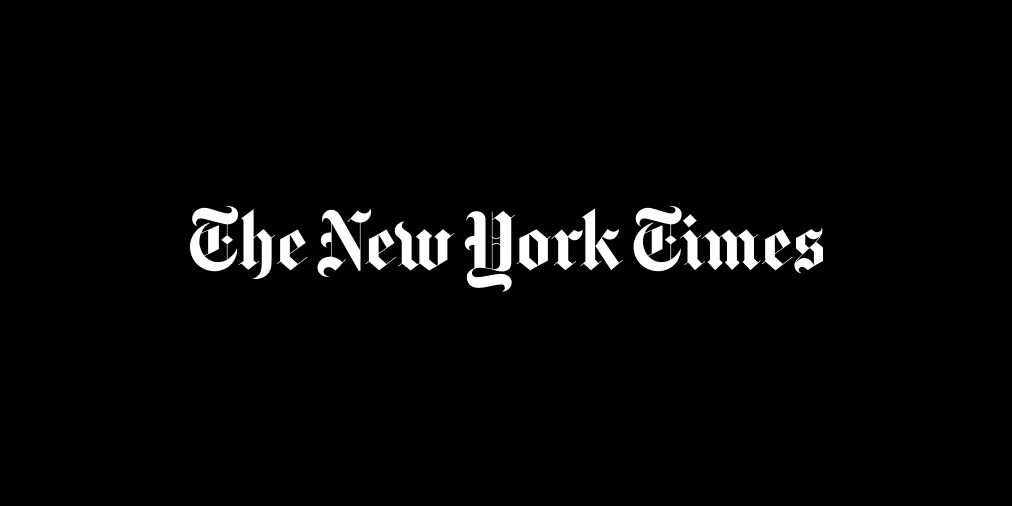
Federal Reserve officials are tasked with fostering “full employment,” and while it has been difficult to guess what that means as the economy recovers from huge job losses at the start of the pandemic, March hiring data seemed likely to reaffirm to policymakers that the labor market is running hot.
Now, central bankers are hoping conditions settle into a more sustainable balance.
The jobless rate declined to 3.6 percent in March from 3.8 percent in February, data released Friday showed. Unemployment is rapidly closing in on the 3.5 percent unemployment rate that prevailed before the pandemic.
At the same time, wages picked up by a brisk 5.6 percent over the past year. For context, wage growth had hovered between 2 and 3 percent for much of the 2010s.
While the share of people working or looking for jobs remains depressed compared to its level before the pandemic and people are coming back into the labor market with each passing month, it is not clear when the supply of would-be employees will return to its previous level. In the meantime, officials worry that the job market is showing signs of being hot to an unsustainable degree, with labor shortages and climbing pay rates that could help push up prices while inflation is already high.
“By many measures, the labor market is extremely tight, significantly tighter than the very strong job market just before the pandemic,” Jerome H. Powell, the Fed chair, said in a recent speech. Mr. Powell has previously called the current job market, in which there are 1.8 openings for every unemployed worker, tight to “an unhealthy level.”
The Fed has begun to raise interest rates and has signaled that it will push them up considerably this year. Making borrowing and spending more expensive can slow consumer and business demand, giving supply a chance to catch up and cooling the labor market. The goal is to temper the economy just enough to bring inflation under control and set the foundations for sustainable growth.
Did you miss our previous article...
https://trendinginthenews.com/usa-politics/this-article-was-published-in-error






